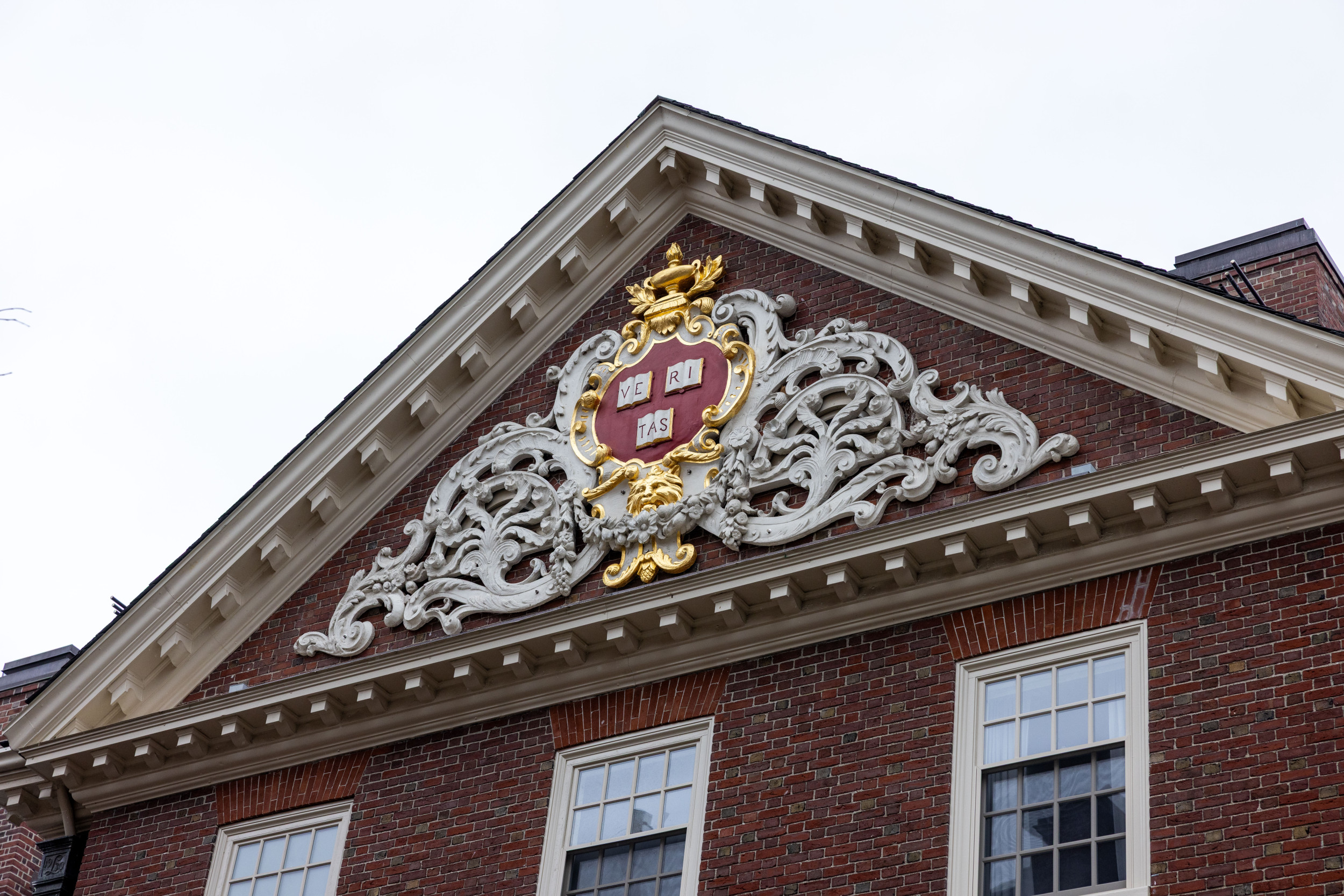
🎙️ Voice is AI-generated. Inconsistencies may occur.
Scientists exploring a remote region of Antarctica have discovered evidence of a 260 million-year-old forest, recovering fossilized tree fragments from the frozen ground of the Transantarctic Mountains.
The forest would have existed before the Great Dying Mass Extinction Event 252 million years ago—an event that saw around 95 percent of life on Earth wiped out. This mass extinction—the worst in Earth's history—is thought to have been caused by huge, prolonged volcanic eruptions in Siberia, which caused global temperatures to skyrocket. Around 20 million years later, the first dinosaurs started to emerge.
To better understand this extinction event, researchers from the University of Wisconsin-Milwaukee headed to a mountain range in Antarctica to look for samples of vegetation from when the continent was far warmer and was covered in lush vegetation.
At the end of the Permian period, 250 million years ago, Antarctica was joined onto the supercontinent Gondwana. This landmass also included Africa, Australia, India and South America. It would have been far warmer and more humid, with plants like mosses and ferns covering the landscape.
Researchers were searching for these plants in order to understand how the climate changed during this period. Understanding shifts in global temperatures will allow scientists to build a better picture of what happened to make the mass extinction so catastrophic.
During their expedition, the team found 13 pieces of fossilized tree. Dating showed the trees were over 260 million years old. "This forest is a glimpse of life before the extinction, which can help us understand what caused the event," geologist Erik Gulbranson, who was part of the expedition team, said in a statement.

The prehistoric forest, he said, would have had a fairly low diversity of species compared to forests we see today. "This plant group must have been capable of surviving and thriving in a variety of environments," Gulbranson said. Even in the warmer climate at this time, the plants would have experienced months of darkness due to Antarctica's latitude.
These plants did not survive the Great Dying mass extinction. Gulbranson will return to the site at the end of November and he plans to stay there until January 2018. During this time he plans to study the plants further to work out exactly how the plants responded to the sudden environmental changes "The geologic record shows us the beginning, middle and end of climate change events," he said. "With further study, we can better understand how greenhouse gases and climate change affect life on Earth."
About the writer
Hannah Osborne is Nesweek's Science Editor, based in London, UK. Hannah joined Newsweek in 2017 from IBTimes UK. She is ... Read more



